Multi car van insurance is a critical consideration for businesses and families managing multiple vehicles. However, many policyholders remain unaware of the hidden complexities and potential savings. In this guide, we reveal five shocking truths about multi car van insurance that could transform how you approach coverage.
Multi Car Van Insurance Understanding
Multi car van insurance refers to policies that cover two or more vehicles under a single plan. This type of insurance is ideal for businesses with fleets or households with multiple vans. Unlike standard auto insurance, multi car van insurance requires tailored solutions to address unique risks like cargo liability and commercial use.
Key Features of Multi Car Van Insurance
- Coverage for multiple vehicles under one policy
- Flexible options for commercial and personal use
- Discounts for bundling vehicles
The Shocking Truths About Multi Car Van Insurance
1. Most Policies Overlook Commercial Use
Many providers market multi car van insurance as a one-size-fits-all solution. However, standard policies often exclude commercial activities like deliveries or transporting goods. Businesses that fail to disclose van usage may face denied claims.
2. Discounts Are Not Automatically Applied
While insurers advertise savings for multi-vehicle plans, discounts are rarely automatic. Policyholders must actively negotiate rates based on factors like fleet size and driving history. Without proactive engagement, savings remain elusive.
3. Underinsurance is Rampant
A shocking 40% of multi van policies are underinsured, leaving businesses vulnerable to costly gaps. For example, a policy covering “third-party liability” may exclude damage to your own vehicles—a critical oversight for fleet owners.
4. Claims Processes Are Overly Complex
Submitting a claim for multi car van insurance often involves navigating labyrinthine paperwork. Insurers may require separate documentation for each vehicle, delaying payouts and increasing administrative burdens.
5. Premiums Vary Wildly by Provider
Quotes for identical coverage can differ by up to 300% between insurers. For instance, Company A might charge £1,200 annually for a five-van fleet, while Company B quotes £4,000 for the same policy. Shopping around is non-negotiable.
How to Optimize Your Multi Car Van Insurance
1. Disclose All Usage Details
Clearly specify how each van is used (e.g., deliveries, passenger transport) to avoid claim rejections. Use precise terms like “commercial use” or “private hire” in policy discussions.
2. Bundle Vehicles Strategically
Group vans with similar risk profiles together. For example, pair delivery vans with low-mileage vehicles to qualify for lower premiums.
3. Compare Quotes Annually
Renewing with the same provider without comparing alternatives can cost thousands. Use platforms like CompareTheMarket to evaluate 10+ insurers yearly.
4. Add Optional Extras Wisely
Consider add-ons like “breakdown cover” or “legal expenses” only if they align with your needs. Avoid overpaying for redundant features.
Conclusion
Multi car van insurance is a nuanced product that demands careful evaluation. By understanding these shocking truths, businesses and families can secure comprehensive coverage without overpaying. Always prioritize transparency, comparison, and proactive policy management to unlock savings and avoid pitfalls.
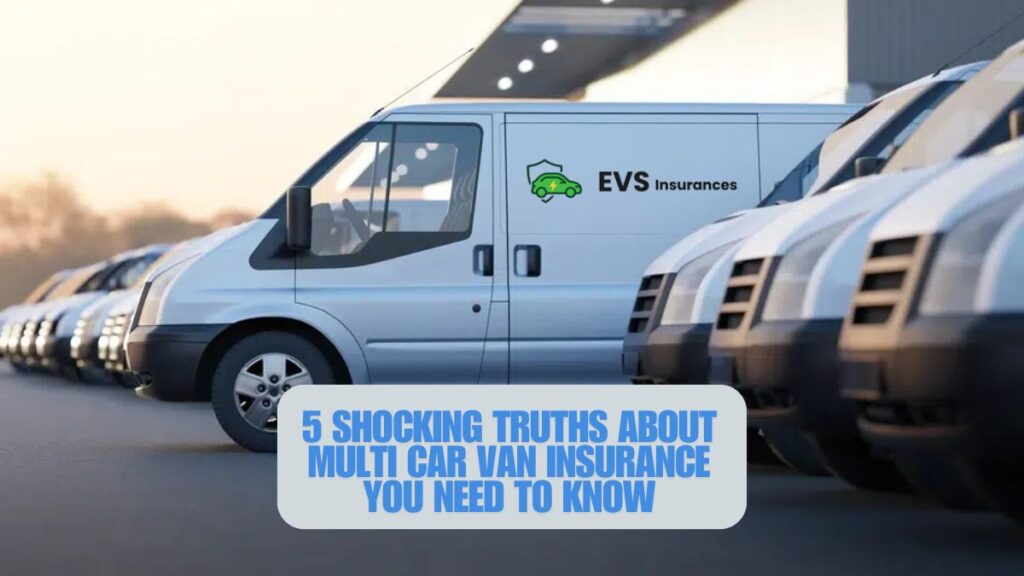
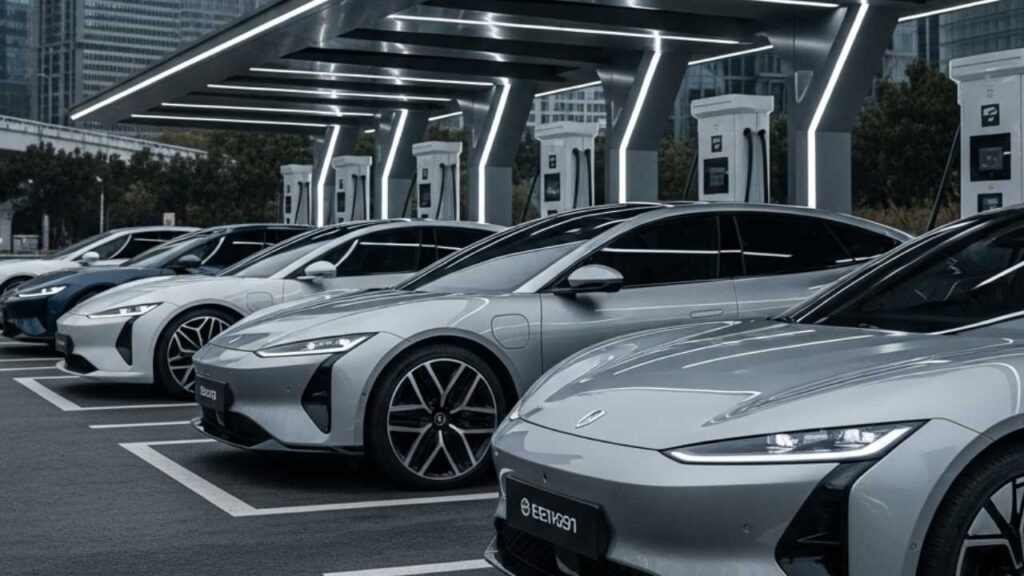
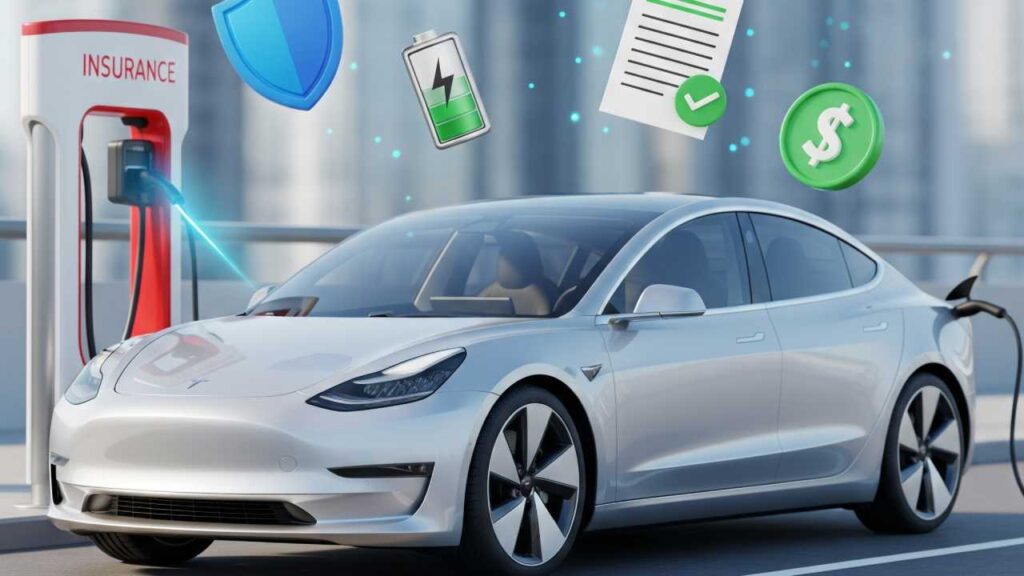
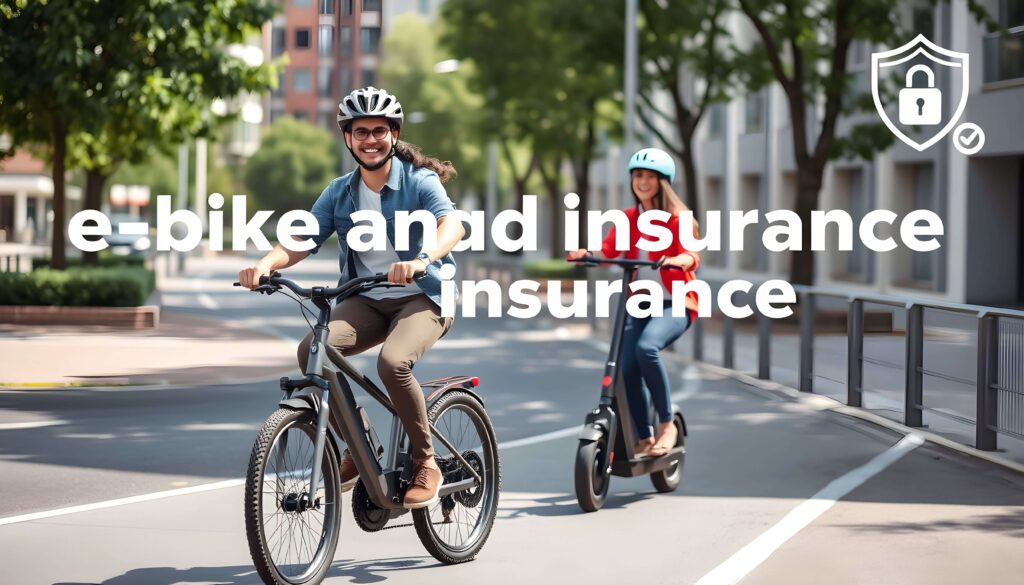
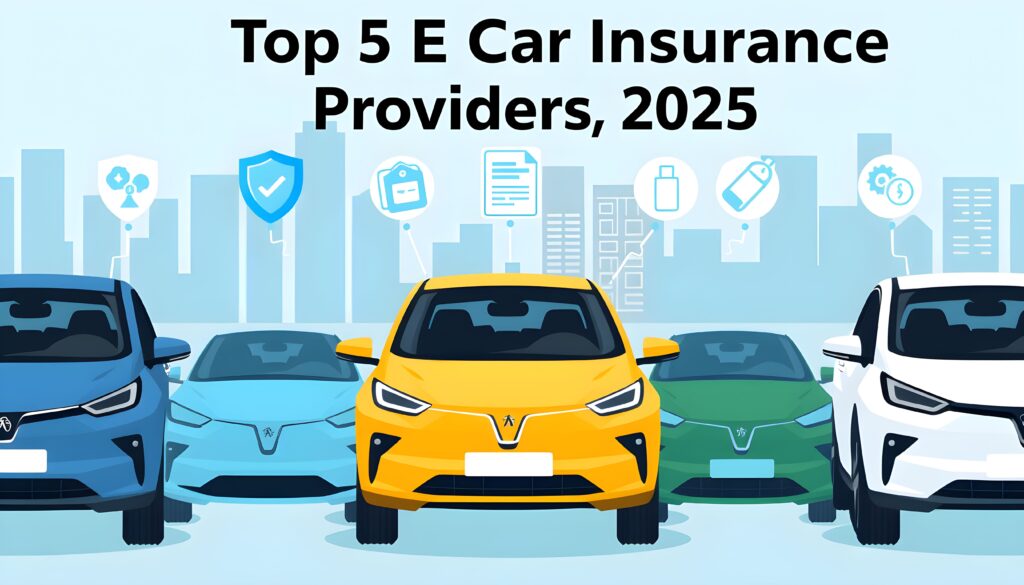
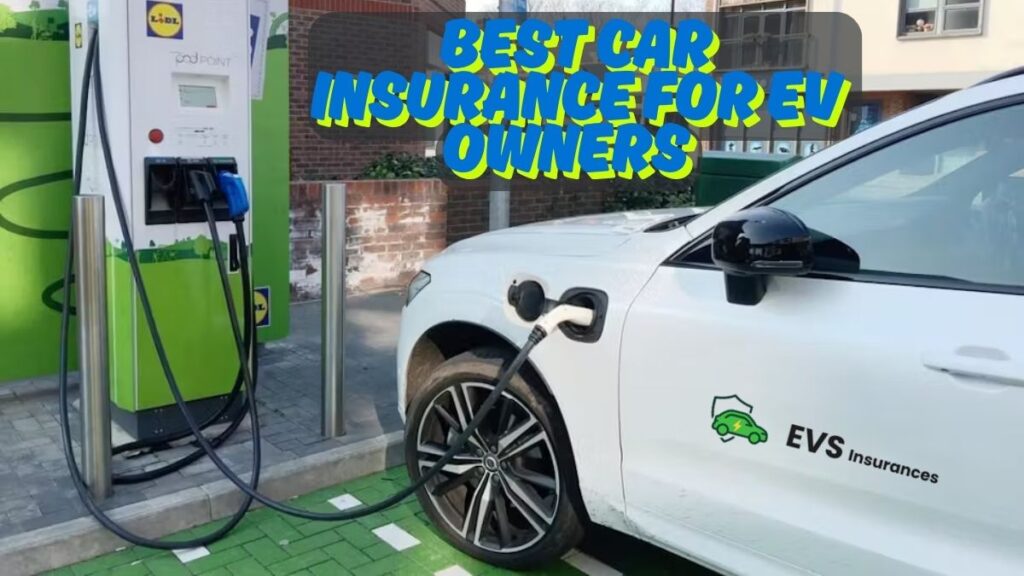
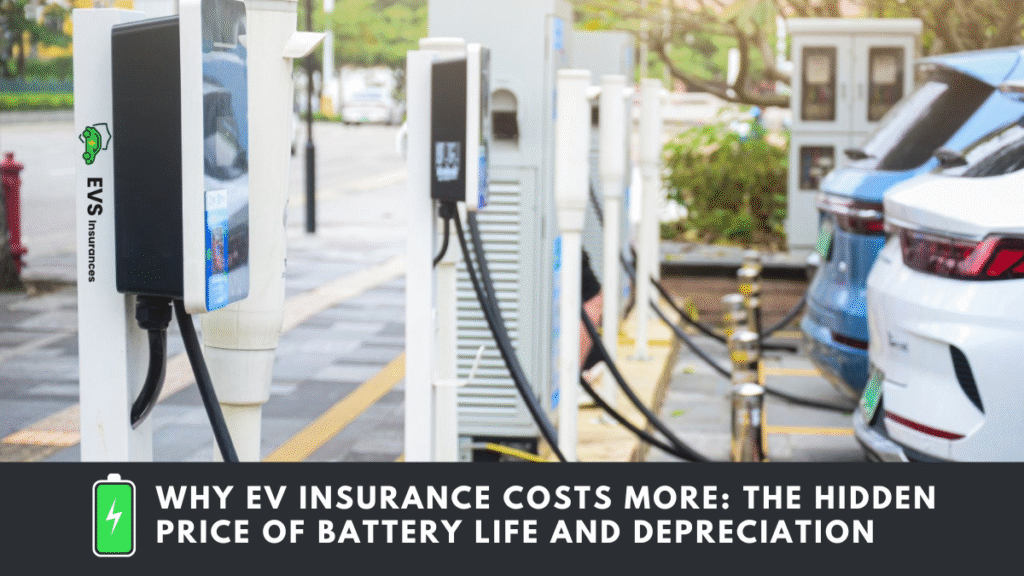
Pingback: Why EV Insurance Costs More in 2025: Battery...
EV insurance costs are 20–30% higher than for petrol or diesel cars mainly due to the high price of battery repairs and specialized parts. Additionally, limited repair centers and advanced onboard technology make EVs more expensive to fix or replace after accidents. These factors increase the insurer’s risk and payout potential, which directly impacts premium rates. Therefore, the higher cost is justified and reflects the real risks associated with EV coverage.